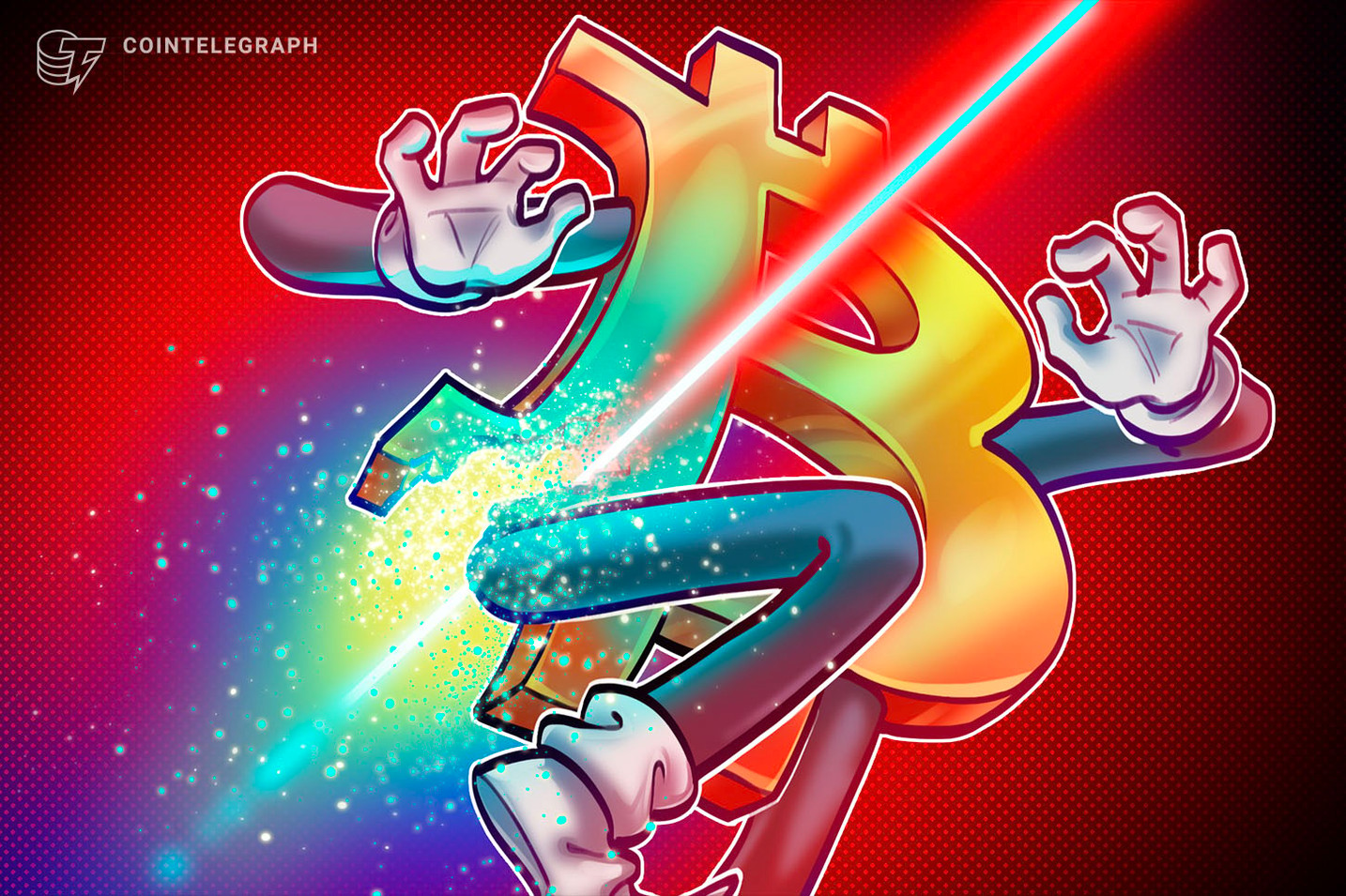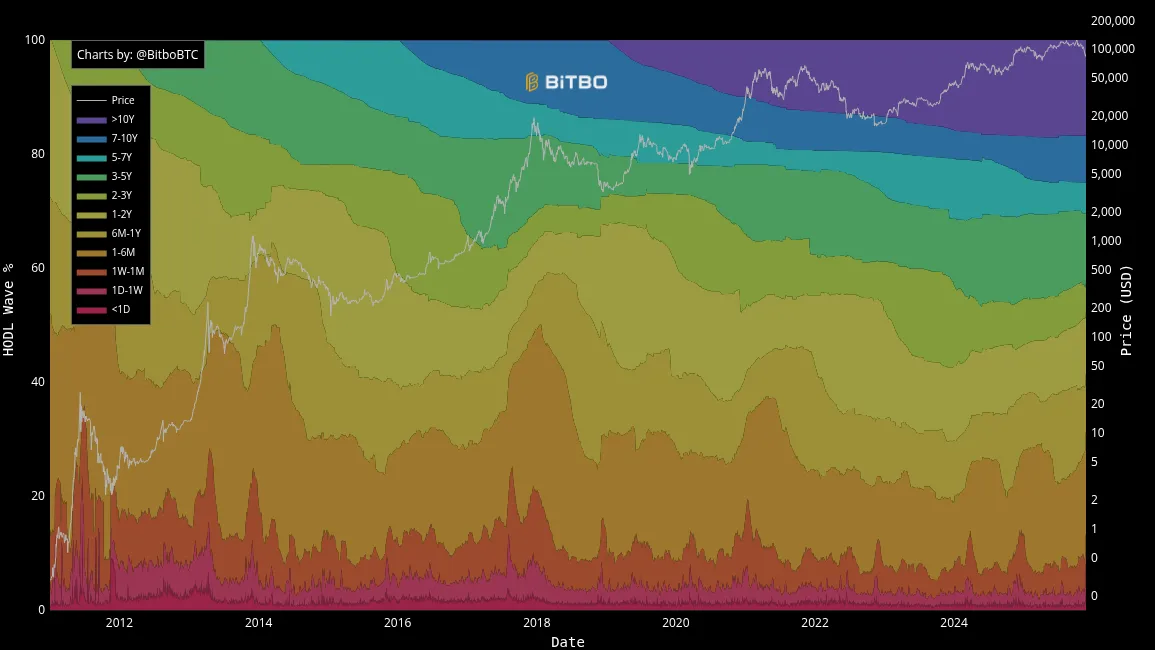
Bitcoin analyst James Check expressed that the risk posed by quantum computing pertains more to consensus within the community rather than the technological aspects. In a recent post on X, he observed that “there is no chance we come to consensus to freeze Bitcoin that is not moved to quantum-resistant addresses,” explaining that the politics within the development sphere hinder timely action. As a result, significant amounts of Bitcoin may potentially flood the market subsequently after existing addresses are compromised when quantum attacks become feasible.
Bitcoin Movement Data
Research from BitBo reveals that a substantial portion of Bitcoin remains unmoved: 32.4% has not been transacted in over five years, 16.8% in more than a decade, and smaller percentages have been static for shorter durations. The accessibility and status of these dormant assets are topics of ongoing discussion.
Check’s insights were in response to comments made by Ceteris Paribus, head of research at Delphi Digital, who underscored that the quantum threat isn’t fundamentally technological and that “the unique issue with BTC lies primarily in its governance implications,” adding that while quantum-resistant Bitcoin could be developed, it doesn’t address the existing old coins.
 Bitcoin hodl waves chart. Source: BitBo
Bitcoin hodl waves chart. Source: BitBo
Response from Adam Back, a noted cypherpunk referenced in the Bitcoin white paper, indicated that the community might be faced with the choice of either deprecating old, vulnerable addresses or allowing them to remain subject to theft. Check suggested that the community should allow the return of those older coins to circulation.
Solutions for New Addresses
The technical foundation for creating quantum-resistant Bitcoin is already laid out, with NIST endorsing several post-quantum cryptographic standards. If embraced by the Bitcoin community, these standards could lead to the establishment of resistant addresses. However, legacy addresses still rely on ECDSA signatures, rendering them vulnerable, implying that any effective remedy would likely necessitate a new post-quantum signature standard. This brings to light the fate of the considerable amount of lost Bitcoin left within non-resistant addresses.
During an interview, Adam Back notably claimed that the quantum threat might, in fact, offer clues about whether the pseudonymous creator of Bitcoin, Satoshi Nakamoto, is still active—by necessitating movement of Bitcoin to prevent theft.
Quantum Fixes in Other Blockchains
Contrastingly, experts believe that a universally compatible solution safeguarding older Bitcoin addresses is unlikely to materialize. Nonetheless, certain alternatives have been developed for other networks, with a recent innovation allowing quantum-resilient fixes without necessitating a switch in signatures—though this is not applicable to Bitcoin.
Related Articles:


